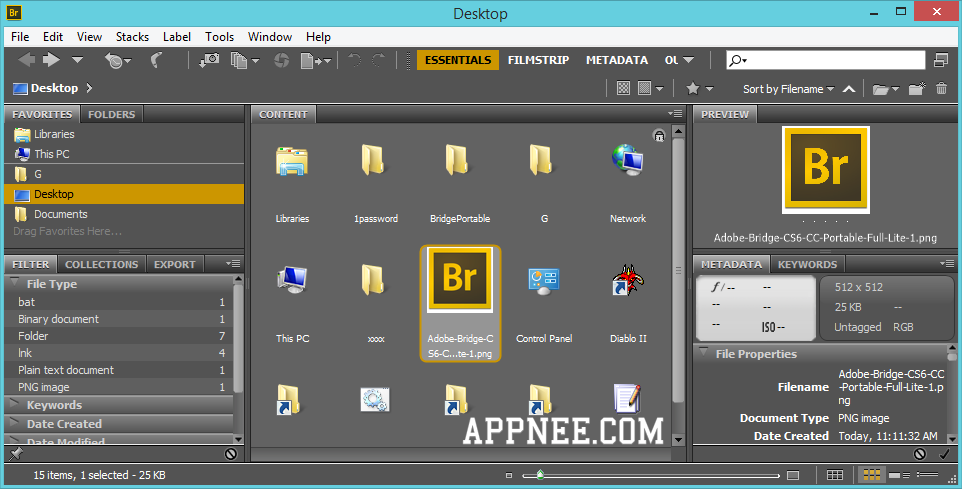
- TETHERING ADOBE BRIDGE CS6 HOW TO
- TETHERING ADOBE BRIDGE CS6 PC
- TETHERING ADOBE BRIDGE CS6 PLUS
- TETHERING ADOBE BRIDGE CS6 WINDOWS
Then I manually deleted all the old Adobe sub-folders still in my Adobe folder within the Program Files folder.

In my opinion, Lightroom is a real storage memory hoard, so check it out if you are a heavy Lightroom user.Īfter deleting everything in my Media Cached Files folder and my Lightroom catalog I was already up to 40GB reclaimed on my C-Drive. Lightroom also creates its own caches, in addition to catalogs, which means even more space consumed. If you use Lightroom regularly, and have many different catalogs, then I imagine that Lightroom could be using up a lot more than 10GB of storage on your system. I rarely use Lightroom and just deleted the whole catalog from Lightroom and that got me back another 10GB instantly. Then I figured out that Lightroom was also using up 10GB of space in a catalog from just 100 photo files I had once imported into Lightroom. If Adobe ever needs any of those files again it will just recreate them.
TETHERING ADOBE BRIDGE CS6 PC
But this folder is the biggest storage drain for most people running Adobe programs and you can just go in and manually delete everything in that folder either on your PC or Mac and not worry about it. Unimaginable for someone like me whose C-Drive is only 256GB in total. I then read accounts from other people who had this folder taking up as much as 300GB of space on their systems. So I just deleted everything in the Media Cached Files folder on my PC and I got back 30GB right away.

TETHERING ADOBE BRIDGE CS6 HOW TO
If you are on a Mac computer the folder will be located here: Users/Home/Library/Application Support/Adobe/Common/Media Cache Files, but if you click here this tutorial will step you through how to quickly delete the files on a Mac computer. These are Adobe programs that had already been uninstalled when updating to newer versions and which don’t show up in the above list.įirst, the biggest chunk, I had 30GB of space eaten up in a folder on my PC that is created by Adobe here: C:\Users\”Your Username”\AppData\Roaming\Adobe\Common\Media Cache Files. Part of the problem though was that there were still all kinds of remnant files from older program installs of Adobe products left in my system. In the screen shot above it shows that Adobe is taking up somewhere in the realm of 16-17GB total for all my Adobe programs, which is fine on a 256GB SSD drive. I am not talking about the actual Adobe program installs themselves, even though they are generally bigger than most other program installs on a computer. Make a long story short, Adobe products were taking up 60GB of unnecessary space with unneeded files. What follows is what I also discovered and learned in the process. In the end it turned out that a huge chunk of it was being eaten up by unneeded cached files created by Adobe programs. Then I thought, before I spend a lot of time and money to fix this, I would first delve deeper into figuring out what is on my 256GB drive to see where all my storage space has disappeared to and if I could get any of it back.
TETHERING ADOBE BRIDGE CS6 PLUS
So it seemed quite surprising to me that my drive was running out of space and I thought I was going to have to replace it with at least a 512GB SSD drive which could be a lot of hassle, plus extra expense.

But a drive of 256GB, if it is only running your computer operating system and programs like mine is, and not being used for other storage purposes, is usually more than enough capacity to store the system and programs and still have enough storage remaining for running system operations in the background.

If your system is getting slow you may want to look into how much space you have available on your C-Drive. When space runs low on your C-Drive it can slow down the system to critical levels and hinder speed and operating efficiency, even if your computer hardware has quite high specifications.
TETHERING ADOBE BRIDGE CS6 WINDOWS
Recently, I was severely running out of disk storage space on the C-Drive on my desktop computer, which is a 256GB SSD drive that I use solely to run my Microsoft Windows operating system and all my program installs.


 0 kommentar(er)
0 kommentar(er)
